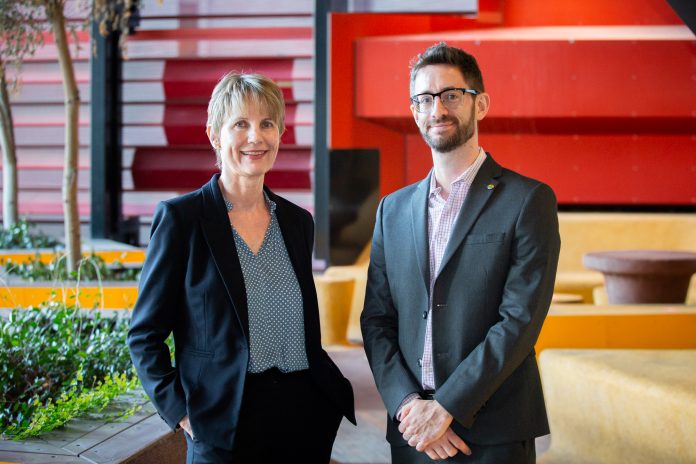
Media Release
The keys to collaboration between small business and the research sector have been revealed in a major new report.
In one of the largest studies of its kind, 800 small and medium enterprizes (SMEs) across Australia were surveyed on what helped and hindered collaboration with researchers.
The new report by CSIRO, RMIT University and QUT provides the clearest picture yet of what needs to be done to boost collaboration at this critical time for universities and SMEs alike.
It also underlined the benefits, with businesses in research partnerships being significantly more innovative and bringing more new products to market.
In fact, companies collaborating with researchers were more than twice as likely to introduce new products and services and those who weren’t, at 66% and 28% respectively.
Report author from RMIT, Professor Martie-Louise Verreynne, said SMEs in research collaborations also appeared to be more protected from the pandemic’s financial impacts due to their connectedness.
“The evidence tells us that industry-engaged researchers produce more relevant and impactful research,” Verreynne said.
“Now we also see the benefits to business of these partnerships, including greater innovation and resilience, along with more access to opportunities to pivot when needed.”
Despite these benefits of collaboration, Australia continues to lag the developed world in this critical area and only 5% of SMEs collaborate primarily with universities or research institutes.
A roadmap for greater collaboration
The report identifies barriers to collaboration between SMEs and the research sector and 23 recommendations to address them.
Verreynne said of the 800 businesses surveyed, mutual trust was reported as the biggest barrier to collaboration (57%), followed by mutual commitment (56%) and concerns about the willingness of researchers to collaborate (54%).
“Interestingly however, once companies had the experience of research collaboration they were highly likely to collaborate further in future,” she said.
“This underlines the importance of fostering ongoing relationships and in arranging funding at government and university levels around collaboration as a pipeline, not a series of one-offs.”
An ongoing collaboration between RMIT and local company Sleeptite to use sensor technology in bedding for aged care residents was highlighted as one case study in the report of a successful long-term, high-impact collaboration.
The report also underlines the critical role of facilitators, such as CSIRO’s SME Connect or research partnership staff at universities in enabling these early conversations.
“SMEs and researchers need to understand each other’s capabilities, priorities and objectives,” Verreynne said.
“Our survey found facilitators increase the success of collaborations by matching SMEs with universities and research institutes with the right capabilities, dealing with the paperwork, and ensuring common expectations and outcomes between the parties.”
RMIT, QUT and CSIRO researchers are now looking to develop a ‘collaboration readiness scale’ that could help clarify where potential industry partners are at and the likely support required to collaborate with researchers.
CSIRO’s SME Collaboration Nation Lead, Dr George Feast, said such an in-depth look at the experience of Australian SMEs in working with researchers had never been done before.
He added that with SMEs making up around 99% of Australian businesses and contributing more than half our national GDP, it was critical to support their continued growth and global competitiveness.
“As Australia’s innovation catalysts we wanted to better understand the barriers and enablers that Australian SMEs face when working with universities and research institutes,” Feast said.
“With these insights we can do more to help SMEs pivot, grow business and increase their global competitiveness, especially at this critical time for many industries.”
The report’s recommendations include:
- Streamlining research organisations paperwork, processes and costs for joint projects.
- Centrally coordinating research and collaborative arrangements between SMEs and universities and research institutes; introducing economies of scale, decreasing red tape and reducing costs.
- Using facilitators to ensure SMEs and researchers agree on each collaboration’s objectives, outcomes, processes and expectations.
- Helping SMEs cover potential risk and costs by involving more than one industry or research partner in a project.
- Promoting staff exchanges, student internships, and casual placements or include solving SME problems as part of specific course work.
See the full report: Industry-university and research institute collaboration: A small and medium sized enterprise perspective.



















